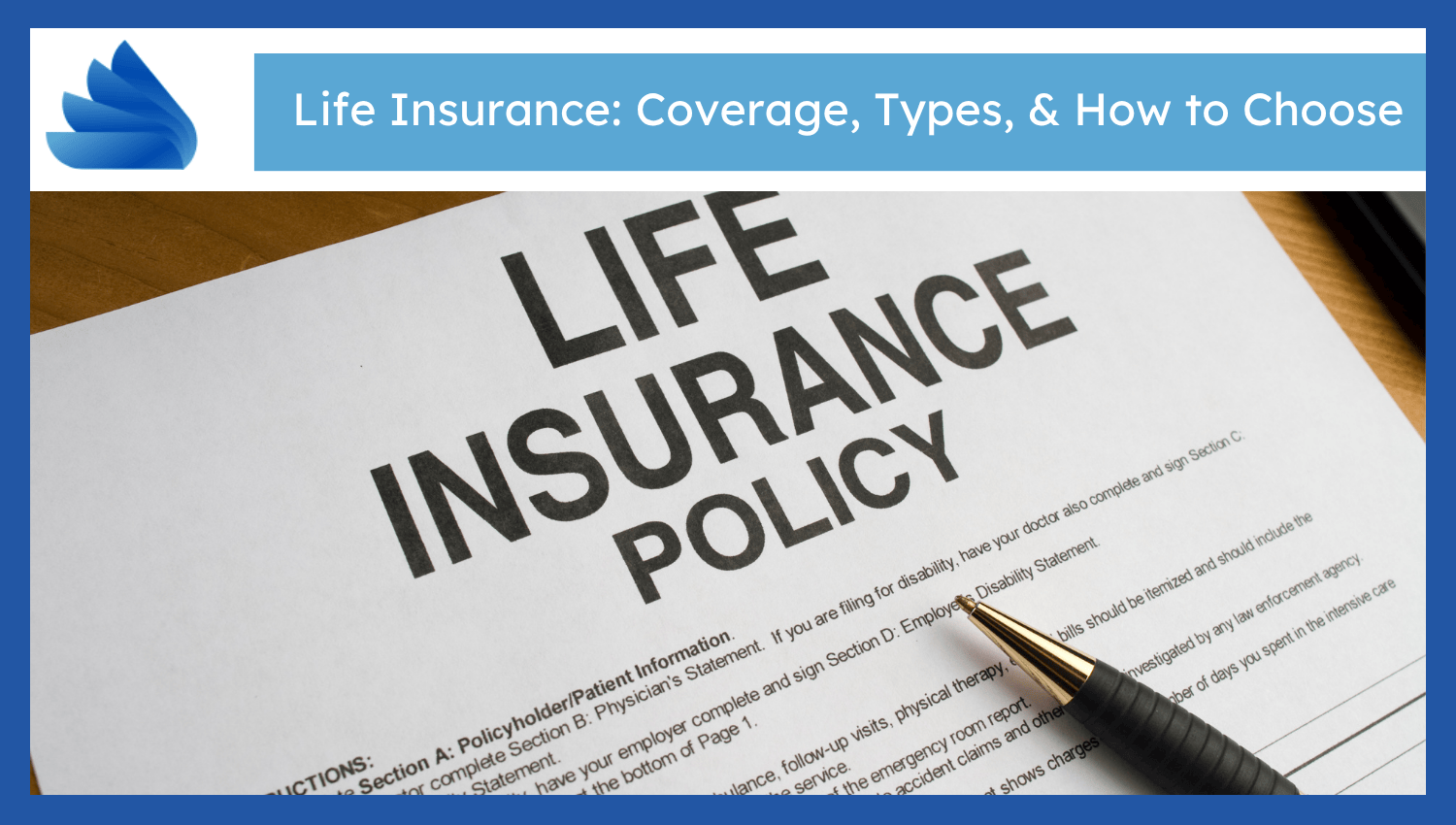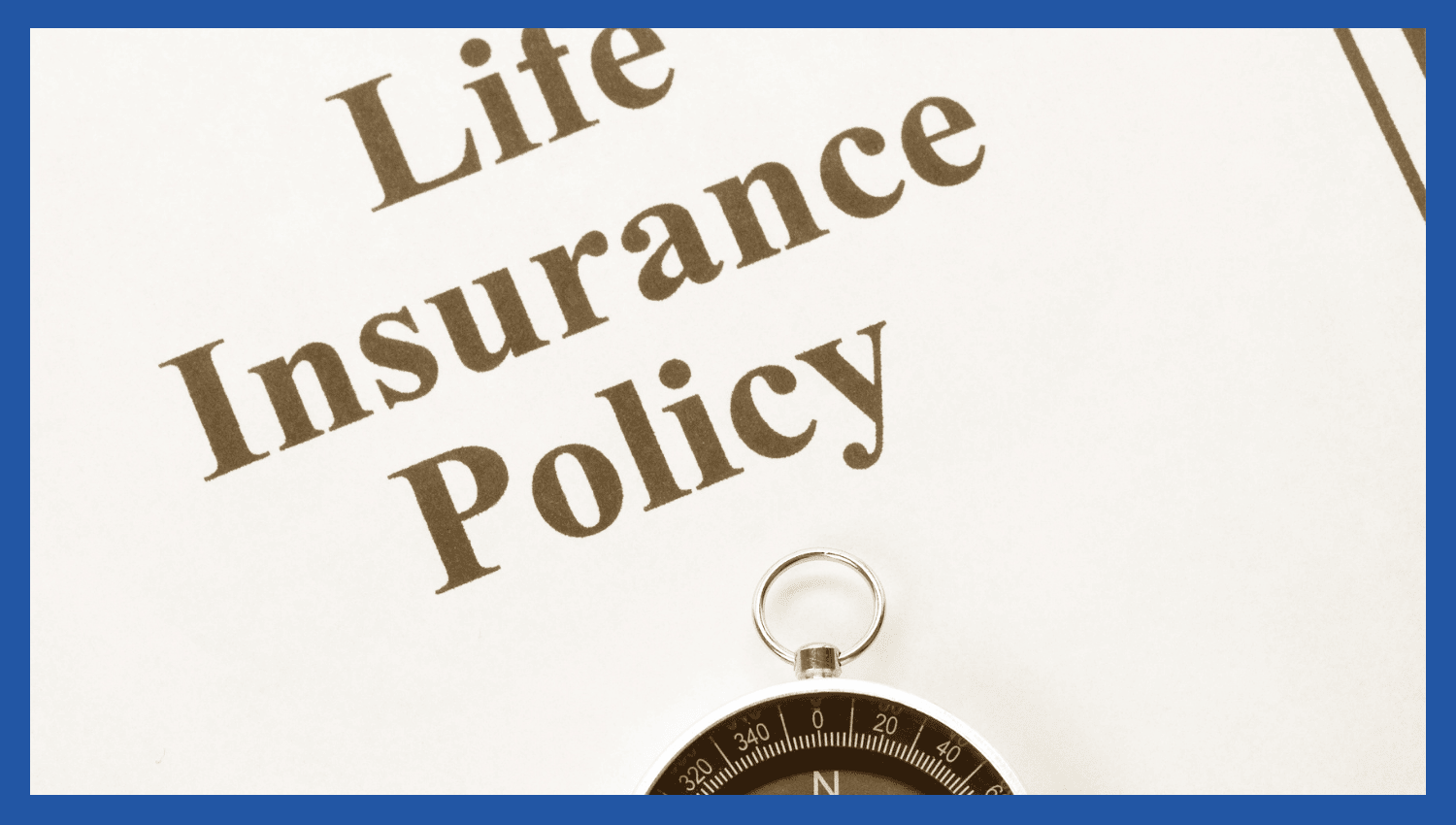
Life Insurance: Coverage, Types, & How to Choose
Life insurance is a financial contract that provides a lump sum payment to designated beneficiaries after the death of the insured person. Premiums are paid regularly by policyholders to maintain coverage. The beneficiary gets the payout, also known as the death benefit, which is utilised to cover essential expenses such as debts, education, and funeral costs. A primary goal of income replacement is to provide financial security to dependents. Policies are structured with defined terms on the amount of premiums, coverage periods and the conditions of payout. Life insurance ends when the policy period is over or it terminates because of non-payment. It ensures financial continuity for families after the policyholder’s death.
Why Do You Need Life Insurance?
Here are the 4 main reasons people purchase life insurance:- Financial protection for loved ones
- Covering debts and expenses
- Income replacement
- Estate planning
Financial Protection For Loved Ones
A life insurance policy provides a death benefit to designated beneficiaries. This is a lump sum that guarantees financial flow, the cost of daily living and stability of lifestyles.Covering Debts And Expenses
The policy payout can retire unpaid liabilities, such as mortgages, medical bills, and personal loans. It ensures these costs don’t fall on surviving family members.Income Replacement
Life insurance is a replacement for the lost income of the deceased. The payout keeps the cash flow going in the household, keeping financial commitments such as tuition and utility bills.Estate Planning
Life insurance helps in the easy distribution of assets. It provides cash to pay final taxes and legal expenses, thus family members can get property or savings without delays.What Are The Types Of Life Insurance?
The following are the 4 main types of life insurance plans:- Term Life Insurance
- Whole Life Insurance
- Universal Life Insurance
- Variable Life Insurance
Term Life Insurance
Term life insurance is covered during a specified period, such as 10, 20, or 30 years. It provides a death benefit in case the insured dies within the term. Term life insurance is a flexible plan that is affordable and can be used on a short-term basis, such as replacing income or mortgage coverage.Whole Life Insurance
A whole life insurance policy provides lifetime coverage at a fixed premium. It also builds cash value over time, which the policyholder can access later. A whole life insurance plan is appropriate for individuals who want lifelong protection and fixed savings. It also assists in long-term financial planning and estate transfer.Universal Life Insurance
The universal life insurance policy offers lifetime coverage at flexible premiums. The plan builds cash value based on interest rates. Policy owners can make changes to payments or coverage. It suits individuals who need flexibility but want to maintain permanent protection and an increasing cash value.Variable Life Insurance
Variable life insurance is a type of insurance which has lifetime coverage and also has investment options. A cash value is calculated based on the performance of the selected investments. A variable life insurance policy is best for people who are willing to take risks in exchange for a higher rate of growth. It allows both protection and investment in one policy.How to Choose the Right Life Insurance Policy?
Below are the 4 key factors to consider when selecting a life insurance plan:- Assess your financial goals
- Consider the coverage amount and length
- Compare premiums and benefits
- Check the insurer’s reputation
Assess Your Financial Goals
Start by identifying your short-term and long-term financial goals. Consider your family expenses, loan repayments, children’s education, and retirement plans. The right policy matches your future responsibilities and risk tolerance. Choose a plan that protects your dependents and matches your current and expected financial needs.Consider Coverage Amount and Length
Calculate your total cost of monthly expenses, debts, and income gaps. Select a coverage term based on temporary or permanent financial needs. See the amount of payout of the financial loss due to your absence. Use the actual number of family members to estimate the total coverage.Compare Premiums and Benefits
Compare the monthly or annual premiums of every kind of policy. Check premiums against policy benefits, such as level rates, cash value, or investment growth. Make sure you don't pick a plan just because it is cheap. Go for long-term value according to your needs and financial stability.Check Insurer’s Reputation
Check the financial stability of the insurance firm, claim settlement percentage and customer service. Consider independent ratings of reputable agencies. A stable provider offers on-time payouts and support of the policy. Select insurers with a record of reliable service, clear policy conditions and communication during a claim.What are the Common Life Insurance Terms to Know?
Below are the 5 terms that help understand how life insurance policies work:- Premium
- Beneficiary
- Death benefit
- Cash value
- Riders


